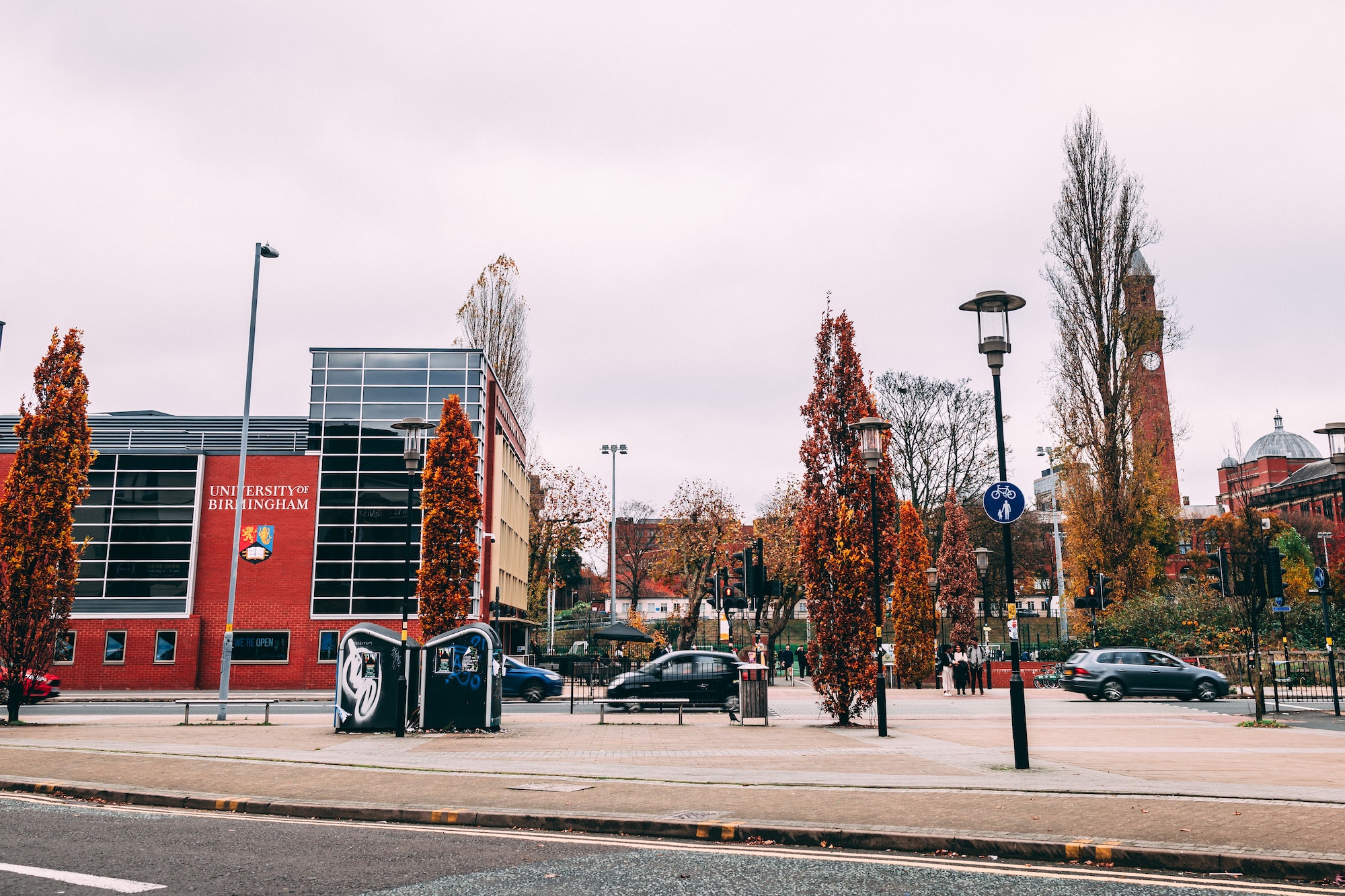
Life&Style Writer Anya Logue praises Tesco’s release of three different skin-tone plasters, but questions why this has taken so long
Tesco has become the first major UK supermarket to stock more options than just the standard light skin toned plasters, launching a range last week that comes in three different colours. This move was sparked by a tweet that went viral in 2019 from Dominique Apollon, a black campaigner for racial justice, describing his feelings when he finally found an obscure seller of plasters that matched his skin tone, saying ‘I’m holding back tears.’ It has sparked an outpouring of support on social media for the UK’s largest retailer.
“Our culture constructs ‘whiteness’ as the default for humanity, and every other race is deemed as ‘other’
It may not seem obvious at first why something as mundane as the colour of plasters is such a big deal to so many people. But people of colour in this country are constantly reminded of their ‘otherness’ all throughout their lives, everywhere they go. From pencils marked ‘skin tone’ in primary school classrooms always being a pink shade, to clothing labelled ‘nude’ in shops matching only one race’s version of nude, to the lack of diversity in plasters available in supermarkets; the fact that the world was not built for your consideration if you are not white is visible everywhere. This is especially true of the medical and pharmaceutical industry, where products like plasters, the contraceptive patch, and surgical tape all only came in one colour until now. Our culture constructs ‘whiteness’ as the default for humanity, and every other race is deemed as ‘other’. This is the kind of problem that is so ubiquitous and ingrained that it may be hard to spot at first for people who are not marginalised by it.
“Why have moves like the launch of different coloured plasters taken so long?
The introduction of more diverse plasters is clearly a positive step in the right direction toward dismantling these racial biases. But it is only one part of a long, old movement for racial equality. The last decade has seen more awareness being raised around issues of ‘white privilege’, forcing white people who have not ever had to think about race before to consider how their lives are influenced by the colour of their skin. For example, the problem of a lack of proportionate representation is critiqued in the #OscarsSoWhite movement that started in 2015, and continues to be relevant today. And the question must be asked, why have moves like the launch of different coloured plasters taken so long? There is clearly economic demand for such a product, and yet it has taken until 2020 for it to happen. The struggle to deconstruct the idea of ‘whiteness’ being the standard from which to judge every other ethnicity is an ongoing battle, and it is far from solved. Progress is clearly being made, but we must be prepared for this to be a marathon, not a sprint.
Comments